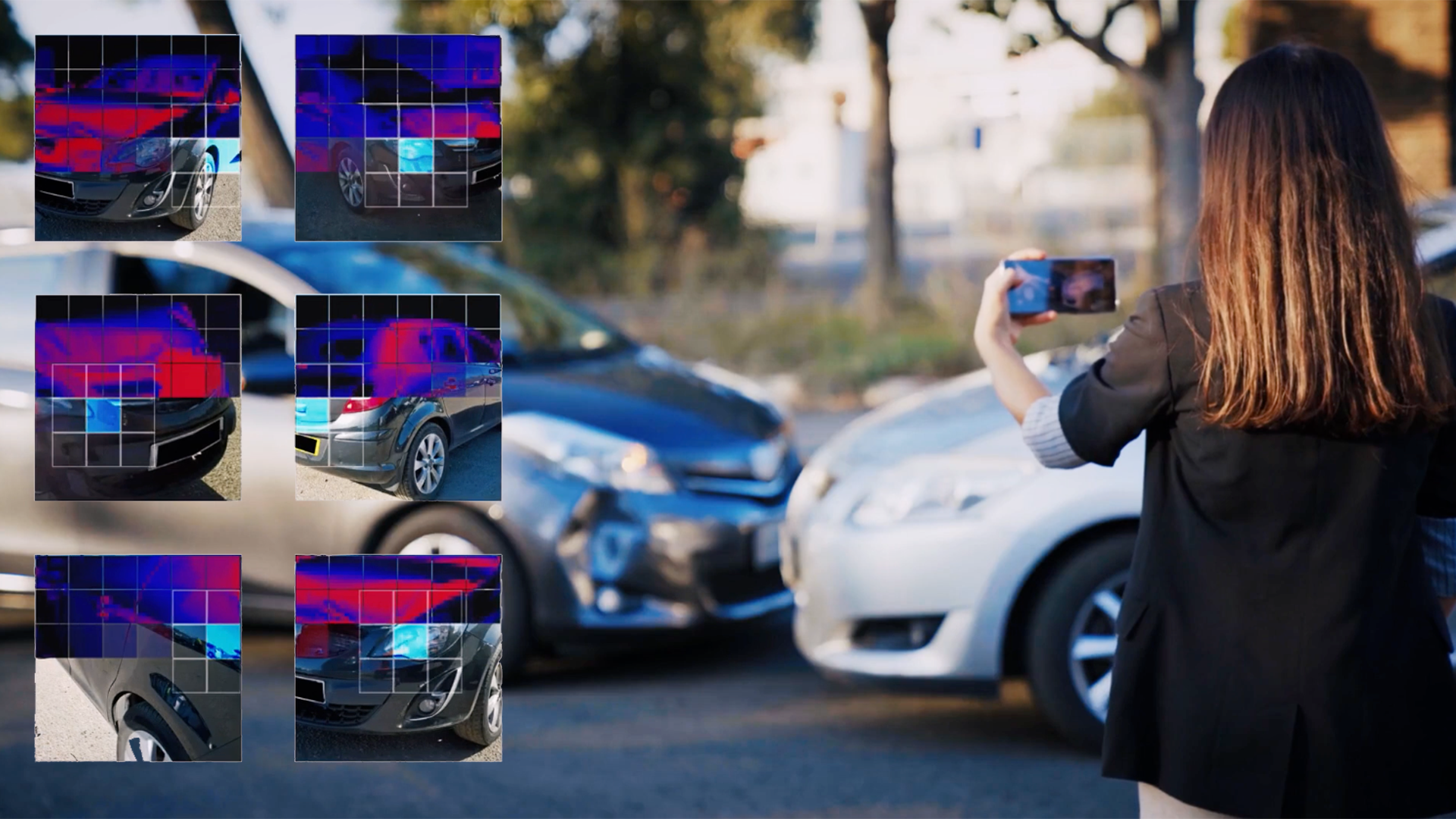Tractable has become a standout success story among the many companies using artificial intelligence to transform traditional industries.
Its AI-driven service delivers instant appraisals of accident and disaster situations, allowing insurance companies and others to make fast, informed decisions about how best to help those affected.
So compelling is the technology that Tractable now powers damage assessments for more than 20 of the world’s leading insurers.
Growing demand for its service, as well as a drive to remain at the cutting edge of AI innovation, recently led Tractable to start looking for a new compute solution that could help it advance further and faster.
They needed a technology capable of accelerating Tractable’s current workloads, as well as helping the company’s researchers develop new AI models - especially in the field of computer vision.
That search led them to Graphcore and, earlier this year, Tractable began moving workloads onto an IPU-POD system.
The results were dramatic, compared to the GPUs that they had been using previously.
“We saw a roughly 5X speed gain,” says Razvan Ranca, co-founder and CTO at Tractable. “That means a researcher can now run potentially five times more experiments, which means we accelerate the whole research and development process and ultimately end up with better models in our products.”
Having achieved such significant performance improvements, Tractable is now rolling out Graphcore systems more widely. “We’ll be collaborating with the team to move the rest of our workload over,” explains Raz.
Technology and talent
The wider deployment of Graphcore systems at Tractable sends a strong signal about the company’s commitment to innovation.
Tractable’s business is highly computationally demanding, requiring the use and continued development of advanced AI models. Graphcore’s IPU was designed to excel at such workloads, thanks to its future-focused architecture.
Having created a processor based around the needs of next generation artificial intelligence, that is sufficiently flexible to allow broad interpretations of the science, Graphcore is able to help companies like Tractable break out of the well-known phenomenon where developments in AI tend to incline towards the capabilities of the most widely deployed hardware – typically GPUs.
The IPU allows AI developers to paint with a much broader palette – something that Tractable’s team is already relishing.
“We’re foremost a machine learning company,” explains Raz. “Our technology is really at the core of what we do and is our core competitive differentiator, so we view it as crucial for us to build world-class teams and enable them to be as efficient as they possibly can.
Accident and disaster assessment
The problems that Tractable addresses are, in many ways, perfectly suited for the application of artificial intelligence.
When a vehicle, building, or any other item is damaged by an accident or disaster, assessors will typically take pictures, evaluate the scale and nature of the damage, and calculate the cost of repair, replacement or compensation.
Until recently, this process was highly analogue – requiring human scrutiny at various stages throughout. Those interventions often create bottlenecks and added scope for miscommunication.
Tractable’s AI massively accelerates the process, at a level of accuracy similar to a human assessor. It can generate a detailed price estimate within moments of a driver submitting smartphone photos of their damaged vehicle from the roadside.
Training and re-training
The nature of Tractable’s service means that it cannot simply train its models once and then deploy the same solution for every market it operates in.
In the case of automotive, as the company enters new markets, it encounters cars with different design features, even among vehicles of the same make and model. There are other variations that also have to be accounted for, including different methods used to fix vehicles in different countries. All of this must be learned by the AI for each territory that Tractable takes its service to - making training and model refinement an everyday activity at Tractable.
And because developing and optimizing new models is an iterative process, the impact of efficiencies, like those delivered by Graphcore, is compounded. Experiments that do not deliver improvements can be completed and discarded in a much shorter time, while successful adjustments to models can be tested and implemented much faster.
Moving quickly and constantly pushing the boundaries of their technology are two of the characteristics that have contributed to Tractable’s success, to date. They also make it the perfect partner for Graphcore.
Tractable worked with cloud compute provider iomart and Graphcore Elite Partner Boston Limited to install its IPU-POD system
